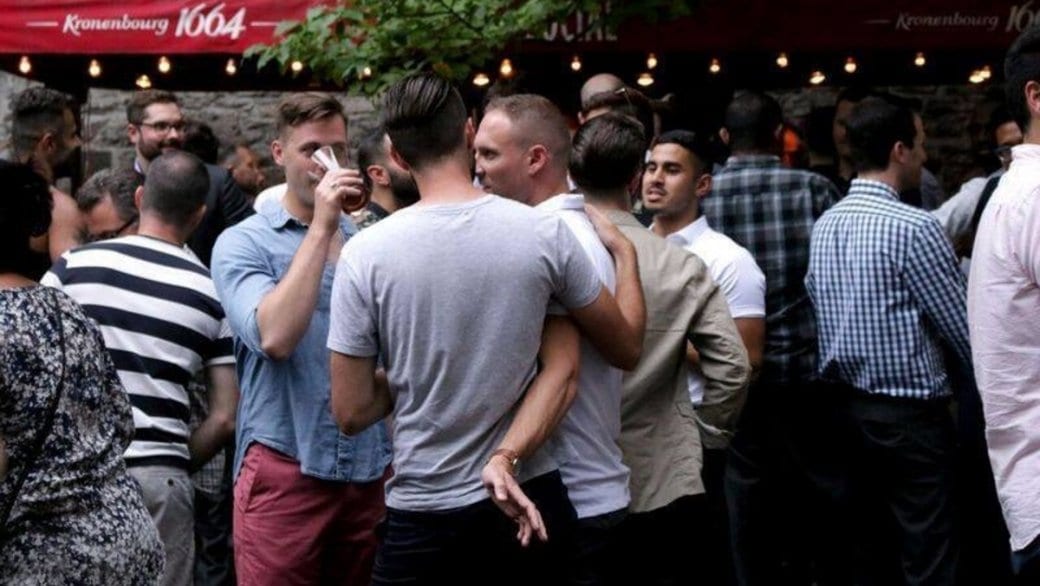Ottawa has a reputation for being a boring government town. It’s all green spaces and buses and repressed civil servants, and there’s very little for its queers to do.
“[I’ve] been here my whole life, and every time people move to Ottawa they’re like, ‘Wow, Ottawa is boring. There’s nothing here. Where are all the queer people at?’” Dillon Black (who uses the pronouns they and them) says.
Black is part of the Queering613 collective, and its primary goal is to build up Ottawa’s queer community. Launched in March 2016, Queering613 (613 is Ottawa’s area code) uses its Facebook page as a kind of community hub — posting about pressing social issues and promoting the city’s existing queer events and organizations. But it also hosts a variety of events itself.
As the name suggests, Queering613 spreads inclusivity aggressively throughout Ottawa by “queering” various straight locations. In other words, the organization takes over straighter spaces and hosts queer events in them.
Among the newly-minted group’s already-popular recurring events are Hoops and Homos, a sporty, picnic afternoon in a park; Hai Queer, a small-scale inclusive dance party; and Queers and Beers, where folks commandeer local pubs and microbreweries for a boozy, glittery good time.
Queering613 also tries to include a dash of activism in its events whenever possible. “We wanted to be able to queer difference spaces, but also kind of advocate on issues because there’s also no organization or group, necessarily, doing a lot of advocacy on issues that are important to us,” Black says.
That’s why the group’s October Queers in the Kitchen workshop focused on food security. The facilitator, amusingly billed as “a broke-ass kitchen witch,” taught attendees about making preserves as a way to ensure always having something healthy to eat in the house — even when funds are low.
In June, the Safer Partying Workshop gave safety tips to drug users, and August’s We’re Not All in This Together presentation introduced attendees to the subject of anti-black racism in queer communities. And the list goes on.
“I want Queering613 to be a platform that tells our stories, and tells people about the issues that we face, and also kind of connects us together,” Black says. “It can be really isolating to move to a small city like Ottawa and not be able to find your people.”
For information on Queering613’s upcoming events, visit Facebook.


 Why you can trust Xtra
Why you can trust Xtra


